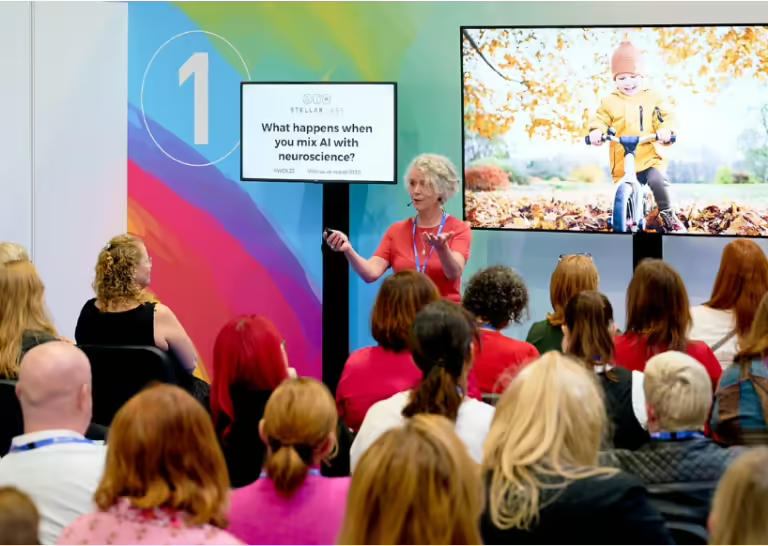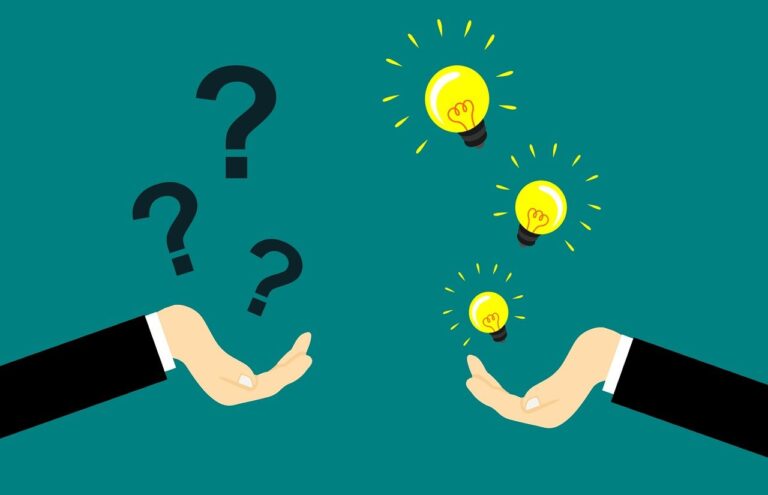Hello, and welcome to this week’s Friday Fresh!
Today, we’re focusing on one of the most powerful approaches to learning – Experiential Learning.
Rooted in the idea that “learning by doing” leads to deeper understanding, this theory has had a profound impact on modern education and training. If you want to create training programs that resonate with learners and improve retention and application of knowledge, experiential learning could be the key.
Let’s explore what experiential learning is, how it works, and why it has such a significant impact on learning effectiveness.
What is Experiential Learning?
Experiential Learning is a theory developed by David Kolb that emphasises learning through experience. Kolb’s learning cycle consists of four stages:
- Concrete Experience – Learners are actively involved in a task or experience.
- Reflective Observation – Learners reflect on their experience and observe how it worked or didn’t work.
- Abstract Conceptualisation – Learners analyse their reflections and form new ideas or modify existing ones.
- Active Experimentation – Learners apply their new knowledge or skills to a new situation, starting the cycle over again.
In essence, experiential learning transforms passive learners into active participants. By engaging in real-world tasks, reflecting on their performance, and applying lessons to future scenarios, learners gain a deeper, more personal understanding of the subject matter.

How Does Experiential Learning Impact Training Design?
By incorporating experiential learning into your training design, you move beyond traditional teaching methods and offer learners the opportunity to actively engage with the material. Here’s how this approach can significantly enhance training outcomes:
1. Hands-On Engagement for Deeper Understanding
Experiential learning provides learners with direct involvement in the learning process. Instead of passively listening to a lecture or reading a textbook, they’re given the opportunity to apply what they’ve learned in real-world contexts. This hands-on approach deepens understanding and solidifies learning.
Tip: Incorporate role-playing exercises, simulations, or case studies that allow learners to actively apply their knowledge. This turns abstract theories into practical skills.
2. Promotes Critical Thinking and Problem Solving
Experiential learning challenges learners to think critically and solve problems as they would in a real-world situation. By engaging with tasks that require them to navigate uncertainties or make decisions, learners develop practical problem-solving skills that are directly transferable to their job roles.
Insight: Design training scenarios that reflect common challenges learners might face in their professional lives. Allow them to experiment with different solutions and reflect on what worked and what didn’t.

3. Increases Retention Through Reflection
A critical component of experiential learning is the opportunity for learners to reflect on their experiences. Reflection enables learners to internalise what they’ve learned, analyse their performance, and plan for future improvements. Without this step, the learning experience is less likely to have a lasting impact.
Tip: Build in reflection periods after each major activity or task. Encourage learners to discuss their experiences, either in small groups or through written reflections. This will help them connect their learning to real-life applications.
4. Encourages Learner Autonomy
Experiential learning places learners in the driver’s seat. They must take ownership of their learning, make decisions, and evaluate outcomes. This sense of responsibility boosts motivation and engagement, leading to more effective learning.
Tip: Allow learners the freedom to explore different approaches to a task. Give them the autonomy to experiment, make mistakes, and learn from them. This fosters a growth mindset and encourages a proactive approach to learning.

5. Boosts Engagement and Motivation
Because experiential learning is hands-on and personal, it naturally engages learners. It’s an immersive experience that draws learners into the material and keeps them actively involved in the learning process. The relevance and immediacy of experiential tasks make them far more compelling than traditional lectures or readings.
Insight: To maximise engagement, create learning activities that are both challenging and directly relevant to learners’ goals or job roles. The more meaningful the task, the more motivated learners will be to engage with it.
6. Develops Transferable Skills
One of the most significant benefits of experiential learning is its ability to develop transferable skills. These include critical thinking, collaboration, communication, and adaptability. By engaging in practical tasks, learners become more effective in their professional roles.
Tip: Incorporate team-based projects or real-world problem-solving tasks into your course design. These experiences help learners build essential soft skills that are valuable across industries.

Key Benefits of Experiential Learning
The impact of experiential learning is profound and multifaceted:
- Improved Retention: Learners are more likely to retain information when they can apply it in practical scenarios.
- Enhanced Problem-Solving Skills: Experiential learning fosters critical thinking and real-world problem-solving abilities.
- Increased Motivation and Engagement: Learners are more engaged when they can directly connect learning to their own experiences.
- Stronger Collaboration: Working on group projects or simulations builds teamwork and communication skills.
- Direct Application to Professional Roles: Learners leave with skills they can immediately apply in their job, making the training experience highly relevant and valuable.
Practical Strategies to Apply Experiential Learning in Training Design
Now that we’ve covered why experiential learning is so impactful, let’s look at some ways to apply it in your training design:
1. Simulations and Role-Playing
Create real-world simulations or role-playing exercises where learners can practice applying new skills. Whether it’s handling a difficult client, managing a team, or navigating a project, simulations provide a safe environment for learners to experiment with different approaches and solutions.
2. Case Studies
Provide learners with case studies that reflect real-world scenarios relevant to their field. This allows them to critically analyse a situation, develop solutions, and reflect on the outcomes. Case studies are a powerful tool for connecting theory to practice.
3. Project-Based Learning
Incorporate project-based learning by asking learners to complete a project from start to finish. This could involve working on a live project for their company, or a hypothetical project that mimics real-world conditions. The process of planning, executing, and reflecting on a project builds practical skills and deepens understanding.
4. Field Work
If applicable, consider incorporating fieldwork into your training program. Allow learners to gain experience by working on actual projects or in real-world environments. For example, healthcare providers might benefit from practical field experiences in hospitals or clinics, while business professionals could work on real client projects.
Final Thoughts
Experiential learning is a powerful tool for training providers who want to move beyond the traditional lecture model and create courses that engage, challenge, and inspire learners.
By designing programs that allow learners to actively participate, reflect, and apply their knowledge in real-world scenarios, you can help them achieve lasting results and real growth.
That’s all for this week’s Friday Fresh! We hope you found this exploration of experiential learning inspiring and practical. Stay tuned for more ways to improve your training programs next week.






